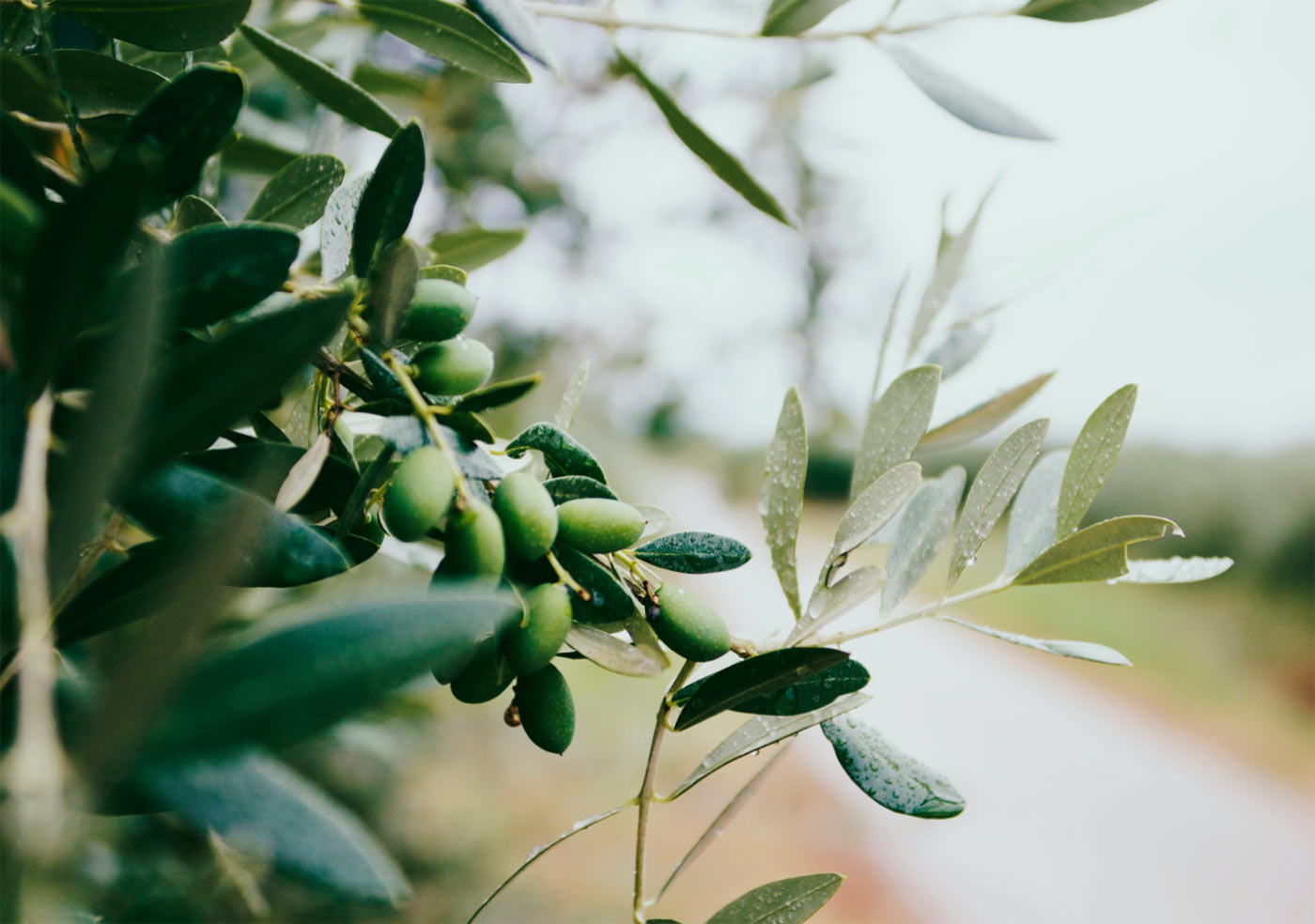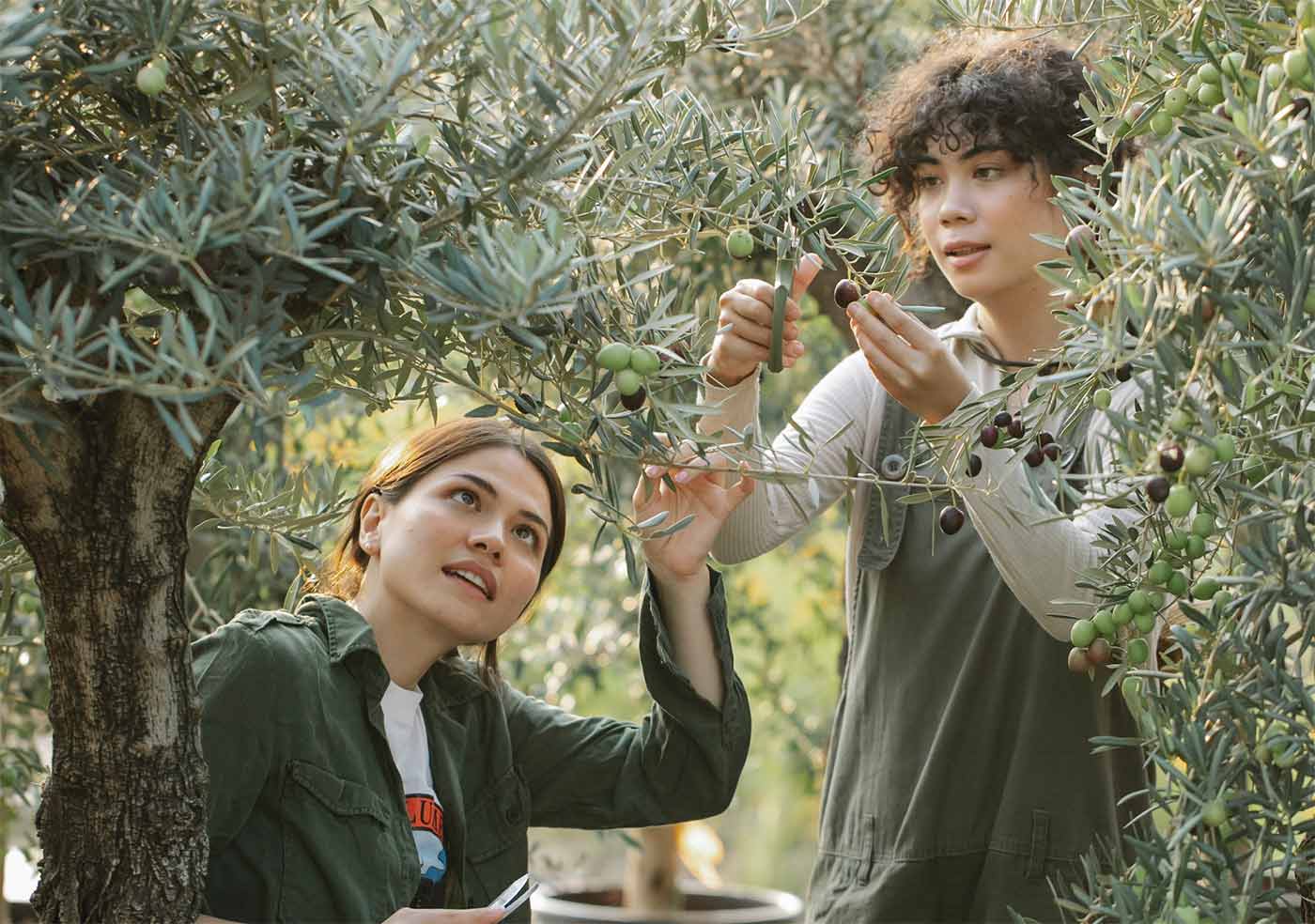Shopping Bag
No products in the cart.

Olive oil is more than just a kitchen staple—it’s a symbol of tradition, health, and Mediterranean culture. But have you ever wondered how this golden liquid is made? From hand-picked olives to the smooth oil drizzled over your favorite dishes, the journey is fascinating and deeply rooted in ancient practices. Let’s take a closer look at how olive oil is produced.
The process begins in olive groves, where the fruits are harvested once they reach the perfect level of ripeness. Depending on the desired flavor and type of oil, olives are picked either early (for a more bitter and pungent taste) or late (for a smoother, milder flavor).
Traditional harvesting methods include hand-picking or using small rakes to comb the olives off the branches. In modern groves, mechanical shakers or harvesters are sometimes used to speed up the process.
Fun Fact: Olives cannot be eaten straight off the tree—they’re too bitter! They must be processed or cured.

"Olive Oil Field Norway"

"Olive Oil Field Finland"
Once harvested, olives are quickly transported to the mill to avoid fermentation. At the mill, they are cleaned to remove leaves, twigs, and any debris. Only the freshest, healthiest olives make it to the next step—quality starts here.
To extract oil, the olives (including the pit) are crushed into a paste. This used to be done with large stone mills, but today, stainless steel crushers are commonly used for hygiene and efficiency. This step releases the oil from the flesh of the olives and begins the process of separation.
The olive paste is slowly mixed for 20 to 40 minutes in a process called malaxation. This helps the tiny oil droplets merge into larger ones, making it easier to extract the oil later. This step is crucial for the flavor, aroma, and yield of the final product.
After malaxing, the paste is spun in a centrifuge that separates the oil from the water and solid materials (called pomace). What remains is a vibrant, aromatic olive oil that’s almost ready to enjoy.
Cold-pressed or Extra Virgin?
Extra virgin olive oil is made without heat or chemicals, preserving the natural taste and nutrients. It’s the highest quality you can find!
Once extracted, the oil is stored in stainless steel tanks, away from heat and light to preserve its quality. It’s then filtered (or left unfiltered, depending on the style) and bottled.
The final product is a beautiful, flavorful oil ready for your salads, dips, marinades, and more!
Producing olive oil is a meticulous process that combines age-old traditions with modern techniques. Every drop tells a story—from the sun-drenched groves to the care taken at each step. So, the next time you drizzle olive oil over your meal, remember the craft and care behind every bottle.
Lorem ipsum dolor sit amet, consectetur adipiscing elit. Nunc quis risus mi. Ut placerat quam lectus
Lorem ipsum dolor sit amet, consectetur adipiscing elit. Nunc quis risus mi. Ut placerat quam lectus
Lorem ipsum dolor sit amet, consectetur adipiscing elit. Nunc quis risus mi. Ut placerat quam lectus
WhatsApp us
